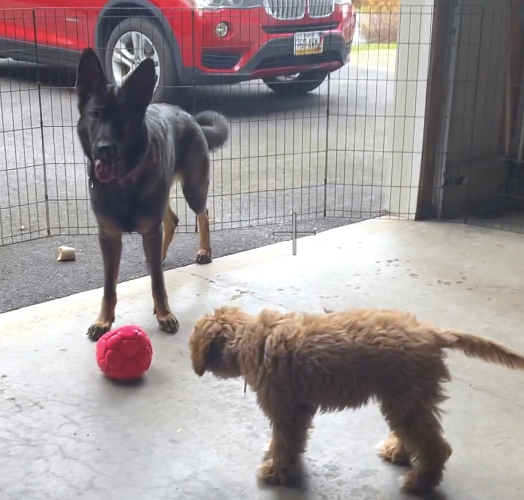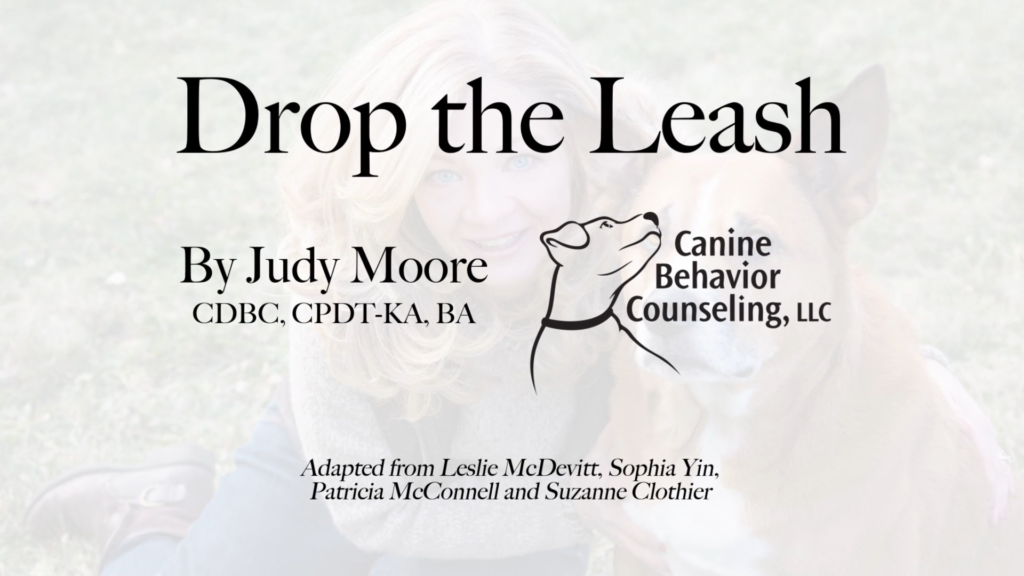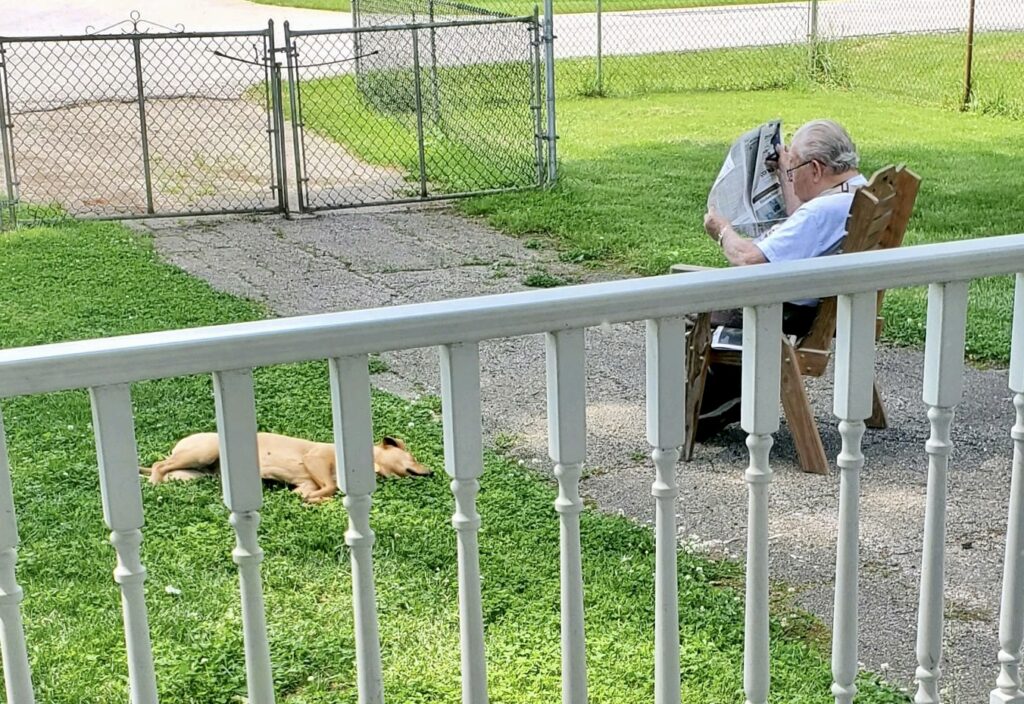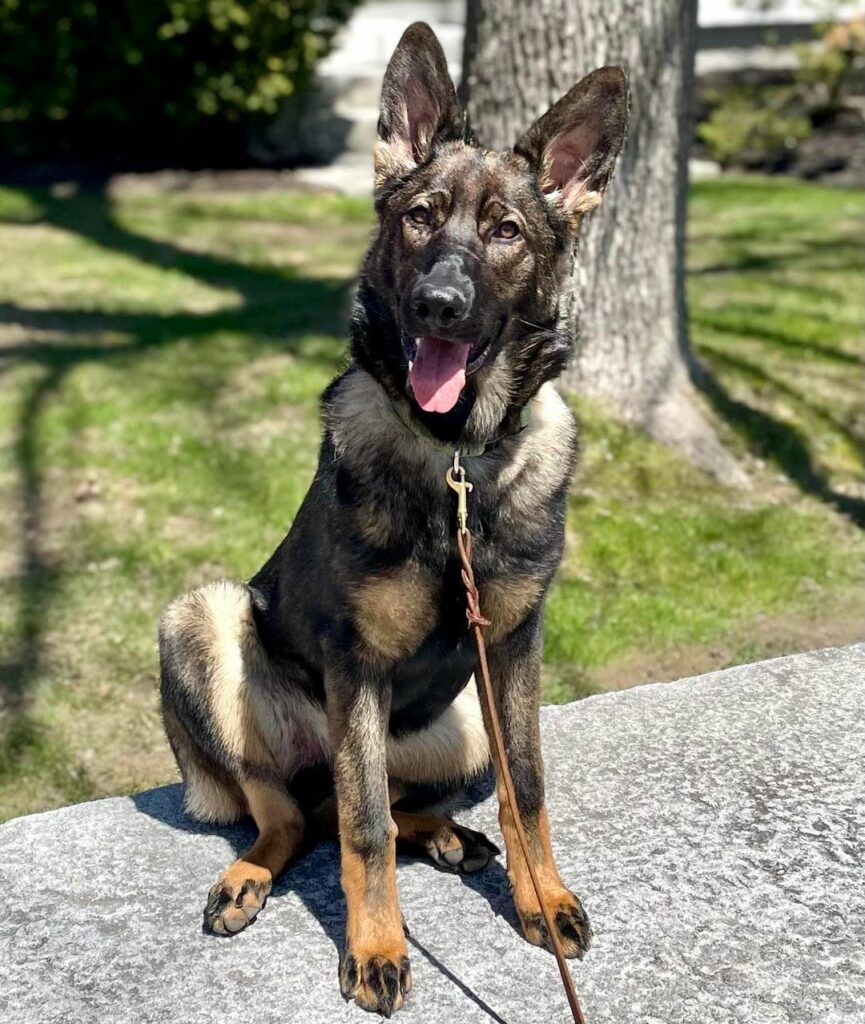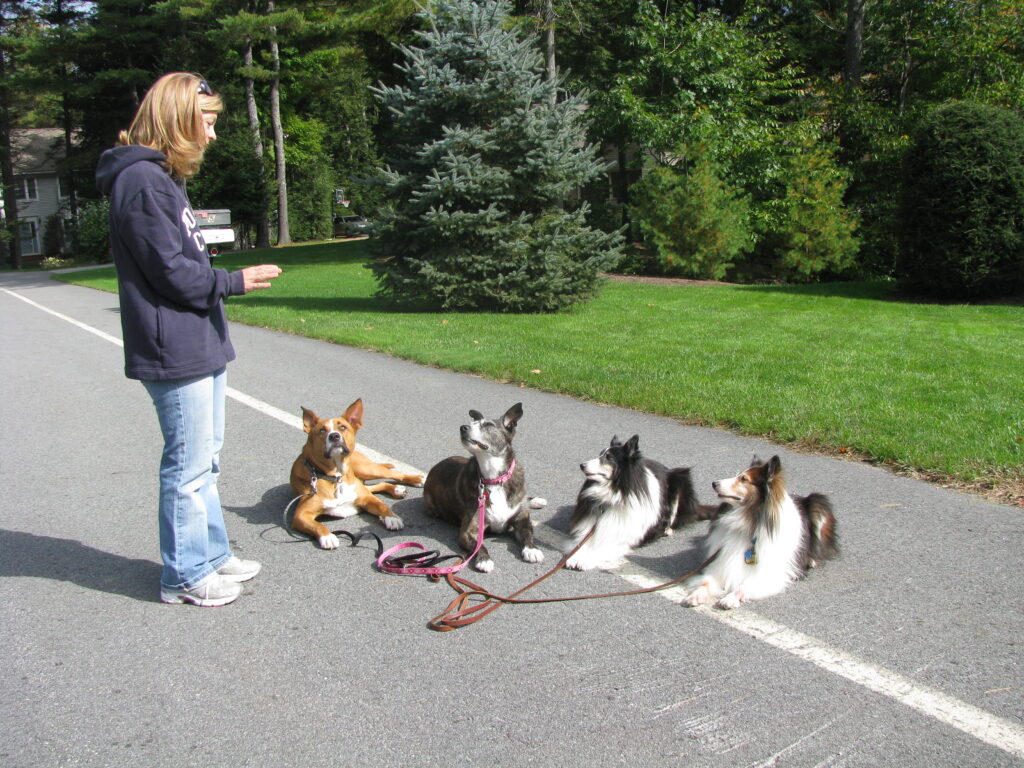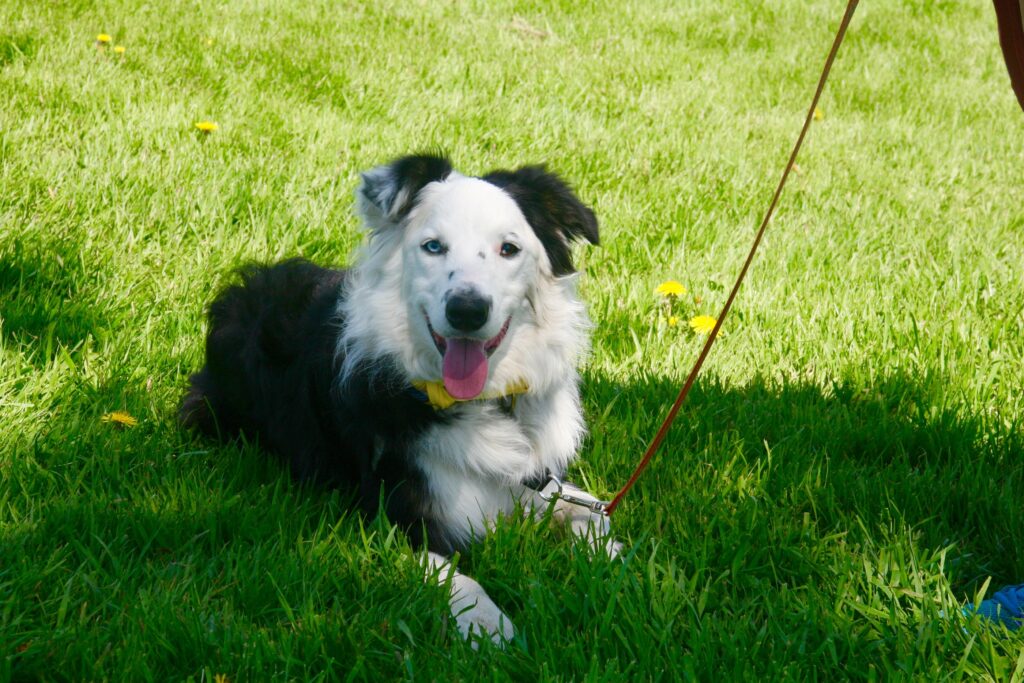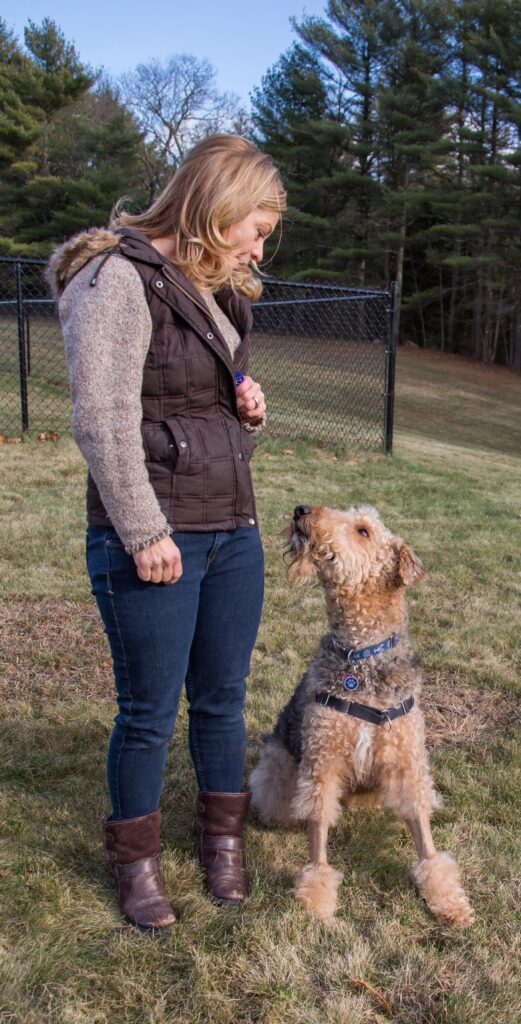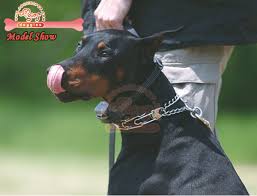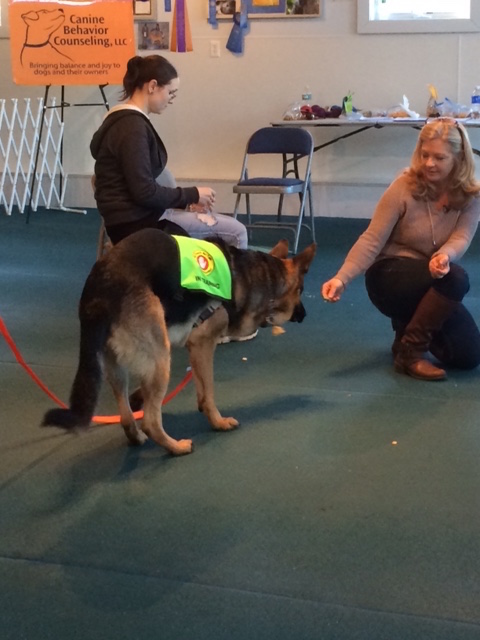How can we help Petunia?
Help! My puppy has a rude play style! A client recently reached out with concerns about her five month old pups “over the top” play style. Petunia rushes up to dogs, uninvited, making fast physical contact while standing on her hind legs biting at their faces. Petunia becomes quite activated and persistent in her play […]
How can we help Petunia? Read More »


